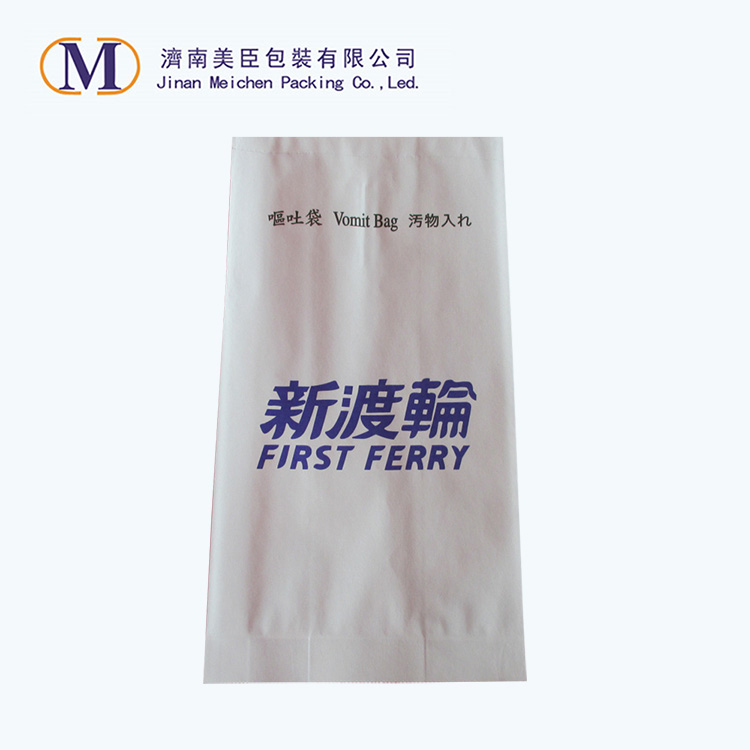Key features of travel vomit bags include
2024-03-25
A travel vomit bag, also known as an airsickness bag or motion sickness bag, is a small disposable bag designed to contain vomit or other bodily fluids during travel, particularly in situations where motion sickness or airsickness may occur. These bags are commonly found on airplanes, buses, boats, and other forms of transportation where passengers may experience motion-induced nausea.
Key features of travel vomit bags include:
1. Compact Size: Travel vomit bags are typically small and lightweight, making them easy to store in seat pockets, pouches, or other convenient locations within a vehicle or aircraft.
2. Disposable: These bags are intended for single-use and are disposed of after they have been used to contain vomit or other bodily fluids. They are usually made of lightweight, leak-resistant materials such as paper or plastic.
3. Sealing Mechanism: Many travel vomit bags come equipped with a sealing mechanism, such as a twist-tie closure or adhesive strip, to securely seal the bag after use, preventing leakage and odors.
4. Absorbent Lining: Some vomit bags may have an absorbent lining or material inside to help contain liquids and minimize the risk of leakage or spillage.
5. Instructions: Many travel vomit bags include printed instructions or illustrations on the bag itself, providing guidance on how to use the bag effectively and safely.
6. Accessibility: Airlines and other transportation providers typically make travel vomit bags readily accessible to passengers, either by placing them in seat pockets or by providing them upon request from flight attendants or crew members.
7. Discreet Design: Travel vomit bags often feature a plain, discreet design without any prominent branding or markings, allowing passengers to use them with privacy and dignity.
Travel vomit bags serve an important practical function in helping passengers manage motion sickness symptoms during travel. They are a simple yet essential amenity provided by transportation providers to ensure the comfort and well-being of passengers, particularly in situations where motion-induced nausea may occur.



